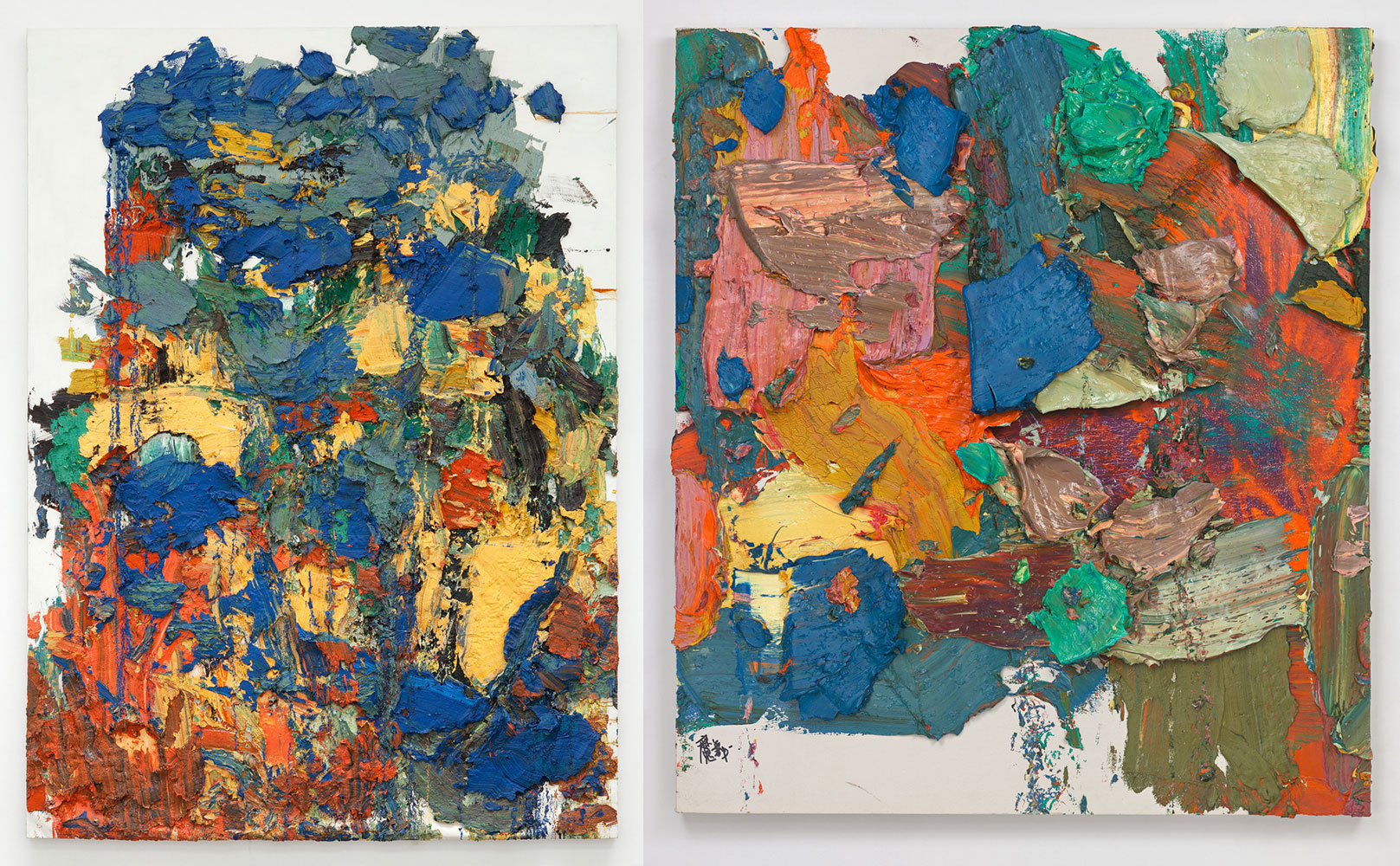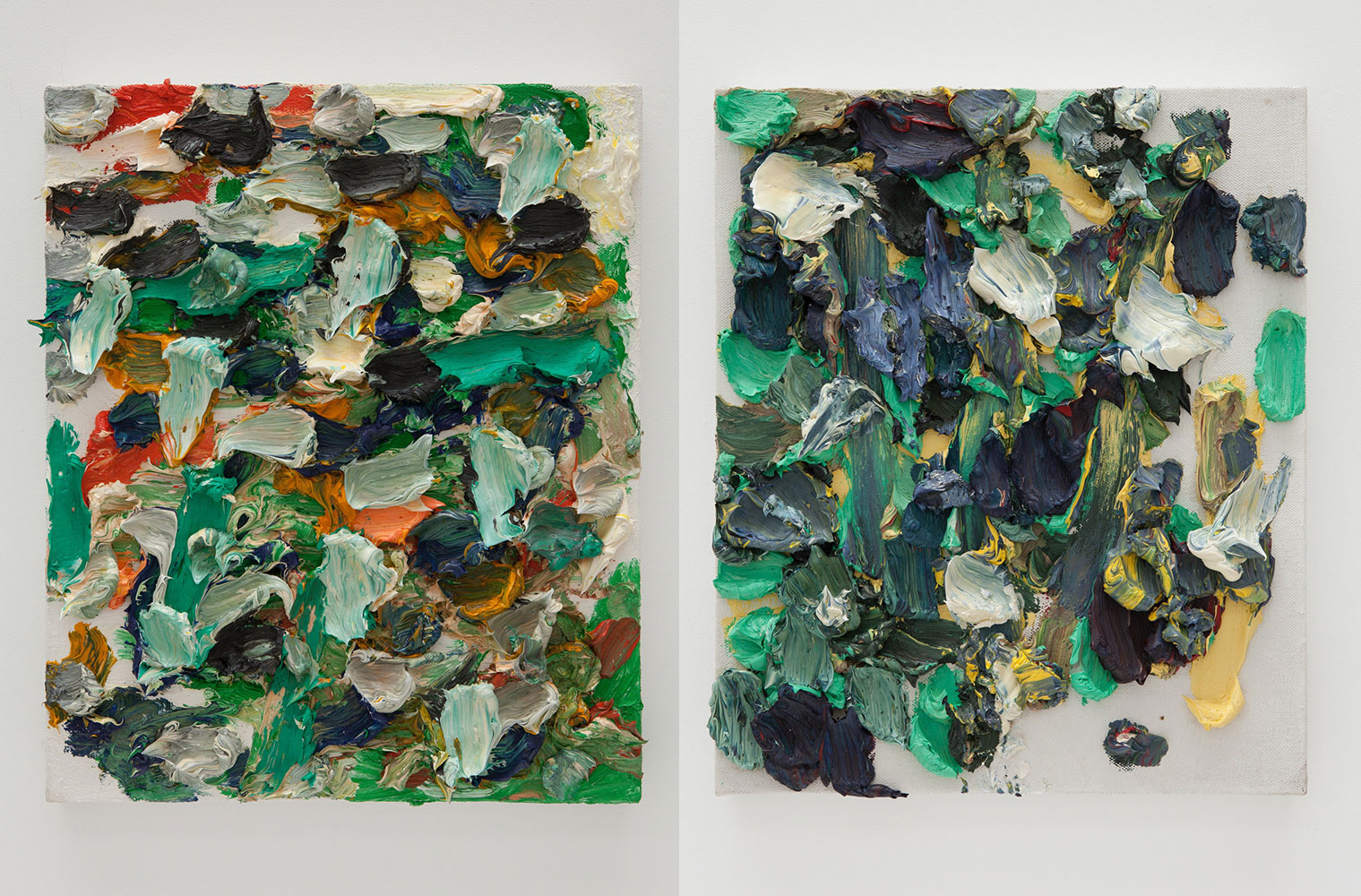ART CITIES:Beijing-Zhu Jinshi
 Working in Berlin in the 1980s and influenced by German Expressionism, Zhu Jinshi began his lifelong commitment to the language of pure abstract form. His involvement with abstract expressionism was not simply a desire to emulate Western antecedents, but to invest that art form with characteristics that are specific to Chinese traditions of free brush and ink painting. Zhu’s paintings are a visceral means of expression and whilst being embodied with preoccupations of his own culture the works take on a physical presence of their own.
Working in Berlin in the 1980s and influenced by German Expressionism, Zhu Jinshi began his lifelong commitment to the language of pure abstract form. His involvement with abstract expressionism was not simply a desire to emulate Western antecedents, but to invest that art form with characteristics that are specific to Chinese traditions of free brush and ink painting. Zhu’s paintings are a visceral means of expression and whilst being embodied with preoccupations of his own culture the works take on a physical presence of their own.
By Efi Michalarou
Photo: Blum & Poe Archive
The title of the Zhu Jinshi’s solo exhibition, “Wood · Character” at the Fusion Art Center is layered with meaning. “Wood” refers both to Zhu’s materials (linen and Xuan paper) and to the Art Center’s main structure, while “Character” represents both the strokes presented in Zhu’s paintings, as well as the architectural form of the Art Center. According to the Chinese Five Elements Theory, the element of wood corresponds to the East, the direction of sunrise, and to spring, the season of blooming. Over the course of his more than 40-year career, Zhu Jinshi has defined his artistic practice with thoughtful explorations into the meaning of painting, abstraction, and the nature of reality itself. The labor involved in Zhu’s paintings recall the era in which the artist came of age–during the Cultural Revolution in Beijing. Zhu began exploring abstract painting as early as the 1980s, when the mere deviation from the propagandist style was a gesture of defiance. He joined the Chinese avant-garde group the Stars (xīngxīng huàhuì) and participated in the seminal 1979 exhibition outside the National Art Museum, a watershed moment in the history of contemporary Chinese art. Zhu experimented with installation art in the 1990s, and since 2000, he has been creating Chinese abstract expressionist paintings and large-scale installation art. Fusion Art Center displays over 30 of his pieces, including the work “Umbrella”, which was exhibited in the Stars Exhibition in 1979, abstract paintings that were shown in residential buildings in the 1980s, installation works displayed in apartments in the 1990s, and impasto painting works created after 2000. Through these works, we can clearly trace Zhu’s thread of artistic exploration, which is equivalent to a three-dimensional circle which maps the dichotomy between East and West, as well as between tradition and contemporary innovation. Most of the works on view are impasto paintings, containing a variety of colors which manipulate the psyche by stimulating the viewers senses and nerves, and affecting their cognition, behavior and emotions. Through piles of colorful paint, the artist hints at his inner emotions and produces therapeutic effects in his viewers.
Info: Fusion Art Center, Beijing, Duration: 6/6-6/8/2020




Right: Zhu Jinshi, Dancing with the Devil 1, 2013, Oil on canvas, 63 x 55 1/8 inches, © Zhu Jinshi, Courtesy the artist and Blum and Poe


Right: Zhu Jinshi, Gardens of Perfect Brightness No. 2, 2011, Oil on canvas, 23 5/8 x 19 5/8 inches, © Zhu Jinshi, Courtesy the artist and Blum and Poe


Right: Zhu Jinshi, Black and White 5, 1990, Oil on canvas, 25 5/8 x 25 5/8 inches, © Zhu Jinshi, Courtesy the artist and Blum and Poe
